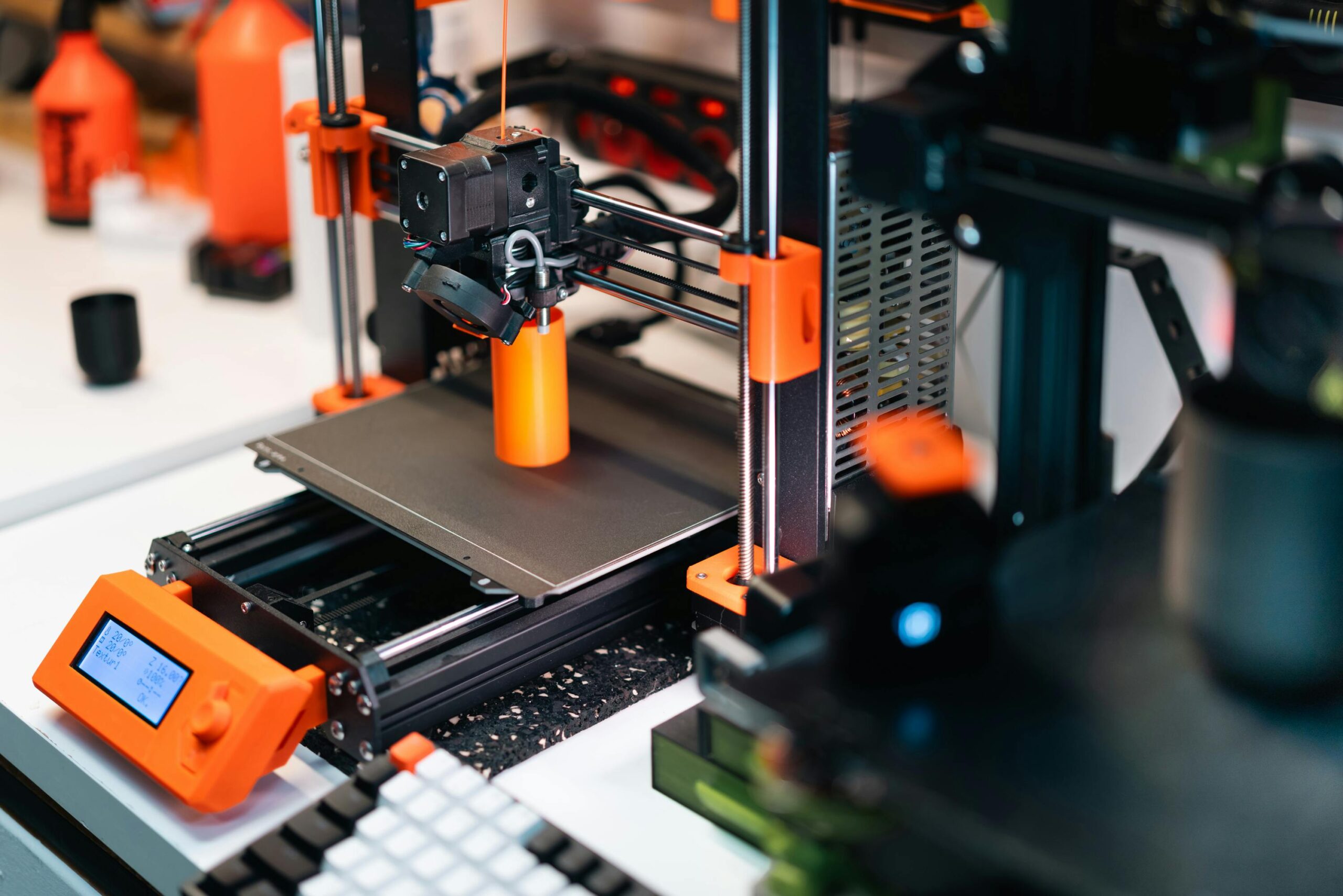Making shoes by hand is a time-honored craft that allows artisans to create custom footwear tailored to individual preferences and needs. Whether you are a seasoned shoemaker or a beginner looking to explore the art of shoemaking, crafting shoes by hand can be a rewarding and fulfilling experience.
In this comprehensive guide, we will delve into the step-by-step process of making shoes by hand, from selecting materials to stitching the final seams. Additionally, we will explore the top 10 jobs in the footwear industry for those interested in pursuing a career in shoemaking.
Footwear Designer
Footwear designers are the creative visionaries behind the aesthetics and functionality of shoes. They conceptualize and sketch designs that cater to specific market trends and consumer preferences. Footwear designers collaborate with materials specialists and manufacturers to bring their designs to life, ensuring that each shoe is not only visually appealing but also comfortable and durable.
Pattern Maker
Pattern makers play a crucial role in translating footwear designs into tangible patterns that serve as the blueprint for shoe construction. They use specialized tools and techniques to create precise patterns for each component of the shoe, including the upper, lining, and sole. Pattern makers must have a keen eye for detail and a strong understanding of shoe construction principles.
Leather Craftsman
Leather craftsmen specialize in working with leather to create high-quality shoe uppers and components. They select premium leather hides, cut and shape the leather pieces according to the patterns, and sew them together using traditional hand-stitching techniques. Leather craftsmen also apply finishes and treatments to enhance the appearance and durability of the leather.
Last Maker
Last makers are skilled artisans who craft shoe lasts, which are three-dimensional molds that determine the shape and fit of a shoe. Last makers use wood, plastic, or metal to create lasts that match the desired style and size of the shoe. The accuracy and precision of the last directly impact the comfort and aesthetics of the final shoe.
Clicker
Clickers are responsible for cutting out the leather or other materials according to the patterns provided by the pattern maker. They use cutting tools such as knives or presses to precisely cut the components of the shoe, ensuring minimal waste and maximum utilization of materials. Clickers play a vital role in the efficient production of handmade shoes.
Stitcher
Stitchers are skilled craftsmen who sew together the various components of the shoe to create the final product. They use specialized stitching techniques, such as hand welting or Blake stitching, to securely attach the upper, lining, and sole of the shoe. Stitchers must have excellent hand-eye coordination and attention to detail to ensure neat and durable stitching.
Finisher
Finishers are responsible for refining and embellishing the final appearance of the shoe. They trim excess materials, burnish edges, and apply dyes, polishes, and finishes to enhance the color and texture of the leather. Finishers may also add decorative elements such as broguing or hand-painted designs to customize the look of the shoe.
Shoe Repair Technician
Shoe repair technicians specialize in repairing and restoring worn or damaged shoes to extend their lifespan. They assess the condition of the shoe, replace worn-out components, and perform repairs such as re-soling, re-heeling, and re-stitching. Shoe repair technicians must have a thorough understanding of shoe construction techniques and materials to provide effective repairs.
Retail Buyer
Retail buyers are responsible for selecting and purchasing shoes for retail stores or online platforms. They analyze market trends, consumer preferences, and sales data to make informed buying decisions. Retail buyers collaborate with manufacturers and suppliers to ensure a diverse and appealing selection of handmade shoes that meet the needs of customers.
Entrepreneur
Entrepreneurs in the footwear industry are individuals who establish their own shoe brands or businesses. They oversee all aspects of the business, including design, production, marketing, and sales. Entrepreneurs must have a strong vision for their brand, excellent business acumen, and a passion for creating high-quality handmade shoes that resonate with consumers.
Conclusion
Handmade shoemaking is a time-honoured craft that combines artistry, precision, and dedication. Each role in the process, from design to finishing, contributes to creating unique, high-quality footwear that stands out in both style and durability.
Whether pursuing a career as an artisan or building a shoe business, mastering the skills of shoemaking offers rewarding opportunities in a market that values craftsmanship and individuality.
Key Takeaways:
- Footwear designers are essential for creating visually appealing and functional shoe designs.
- Pattern makers play a crucial role in translating designs into tangible patterns for shoe construction.
- Leather craftsmen work with premium materials to craft high-quality shoe uppers and components.
- Last makers create molds that determine the shape and fit of shoes, impacting comfort and aesthetics.
- Clickers cut materials precisely to minimize waste and maximize efficiency in handmade shoe production.
- Stitchers use specialized techniques to sew together shoe components for a durable final product.
- Finishers refine the appearance of shoes through trimming, polishing, and decorative enhancements.
- Shoe repair technicians specialize in restoring worn or damaged shoes to extend their lifespan.
- Retail buyers analyze market trends to select and purchase a diverse range of handmade shoes for customers.
- Entrepreneurs establish and oversee their own shoe brands, requiring strong vision and business acumen.
For those looking to further their knowledge and skills in the footwear industry, consider enrolling in the FIT Footwear Business Foundations online course and certificate program offered by Yellowbrick. This program can provide valuable insights and expertise to excel in the competitive world of handmade shoe design and business.








